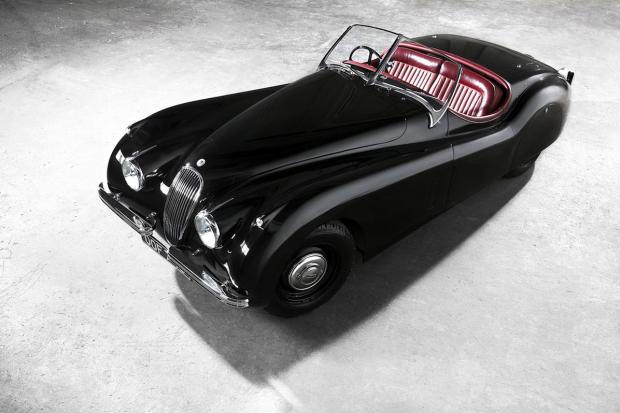
If you think Jaguar’s XK120 looks good now (and who doesn’t?) it’s hard to imagine how it seemed to a new-car-starved public when it was launched at the first post-WW2 British Motor Show in 1948.
Boasting 120mph performance – hence the 120 – for less than £1000, Jaguar’s sports car offered value for money that its rivals couldn’t come close to.
The firm shouldn’t have been surprised by the XK120’s popularity, but it was. Production was not scheduled to start for several months and the car’s hand-formed aluminium body and ash frame meant that it was a labour-intensive build.
Meanwhile, American distributors took one look at the machine and knew that it was right for their customers, taking the entire first year of production at a stroke.
When the UK public did get to drive the 120, they marvelled at its advanced 160bhp twin-cam straight-six. Only the lethargic Moss ’box dampened its obvious pace – and the fact that steel soon replaced the ally panels – as Alastair Clements found when he drove one (see C&SC July '10). The XK was a big car that required application to hustle.
The XK140 offered more space, but near-identical styling to the 120. Its final incarnation was the fixed-head 150 coupé. Heavier than the early car, it was also roomier and more refined, but is the less desirable option now.

Find one in need of work and a late model shouldn’t break the bank, we found this example for less than £16k. The 1958 car has been with the same elderly owner for many years and, it is fair to say, the new owner will have a decent-sized project on their hands.




